Table of Contents
Communication in Public Administration:
In administrative theory and in the context of an organization, Communication is one of the most frequently discussed concepts, but at the same time, less clearly analyzed. Further, Communication is used by every organization at all times. It is through it that information orders, reports, and data flow between and among all parts of an organization. Fred Luthans rightly says, “Some estimates of the extent of its use go up to about three-fourths of an active human being’s life and even higher proportions of a typical manager.” An efficient communication system is essential for managing the organization effectively. It is the most vital factor for the successful achievement of the objectives of an organization.
Describing the importance of Communication, Millet observes, “Communication is the bloodstream of administration.” Likewise, Pfiffner regards communication as the heart of management. Communication is one of the main principles of an organization. It has been considered an effective tool for achieving the goals of an organization. All organizations- small or big, simple or complex, general or technical- accept and satisfy the necessity of communication. Ineffective communication has been identified as the root cause of many problems that characterize an organization. In the words of Hicks and Gullett, “At the heart of all the world’s problems- at least of men with each other- is man’s inability to communicate as well as he thinks he is communicating.” Yet it is a problem to define communication.
Communication- Meaning and Definition:
The concept of Communication is closely related to such concepts as motivation, coordination, leadership, structure, and decision-making in an organization. In simple words, we can say that Communication is the exchange of information, knowledge, and feelings among human beings.
The word ‘Communication’ comes from the Latin word ‘Communis’ which means common. Thus communication stands for sharing ideas in common. In the context of public administration, communication can be defined as the process of exchange of information among various parts of the administration or the organization. It is the process of sharing information and expertise with one another.
(1) Pfiffner defines communication as “the process of transmitting decrees mainly written and verbal in order to modify human behavior.”
(2) According to Ordway Tead, “Communication is composite of (a) information given and received; (b) learning experience in which certain attitudes, knowledge, and skills change; (c) listening effort by all involved, and (d) sensitive interaction of points of view leading to a higher level of shared understanding and common intention.”
(3) In the words of Peter Drucker, “Communication is the ability of various functional groups within the enterprise to understand each other and each other’s functions and concerns.
(4) Simon says, “Communication may be formally defined as any process whereby decisional premises are transmitted from one member of the organization to another.”
(5) The American Society for Training Directors defined Communication “as the interchange of thought or information to bring about mutual understanding and confidence or good human relations.”
(6) According to Newman and Summer, “Communication is an exchange of facts, ideas, opinions, or emotions by two or more persons.”
Analyzing the above definitions, we may say that Communication is generally applied in the sense of imparting knowledge or transmitting the information. It includes the interchange of thoughts, partaking of ideas, and a sense of participation and sharing. Thus, the essence of Communication is not information but understanding. In brief, Communication means a shared understanding of a shared purpose.
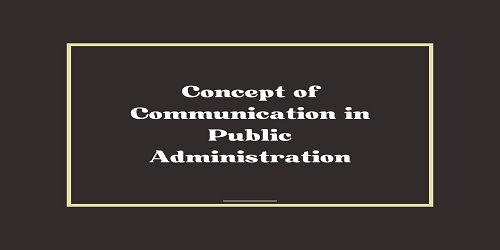

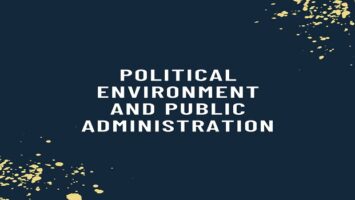
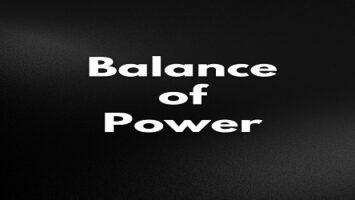
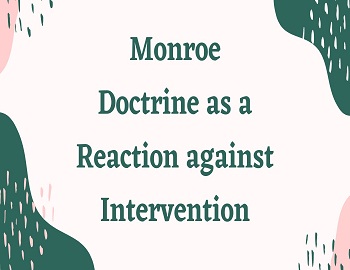



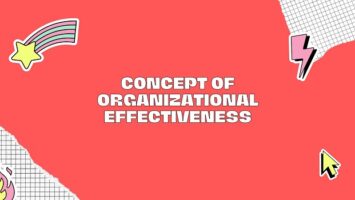
Comments (No)